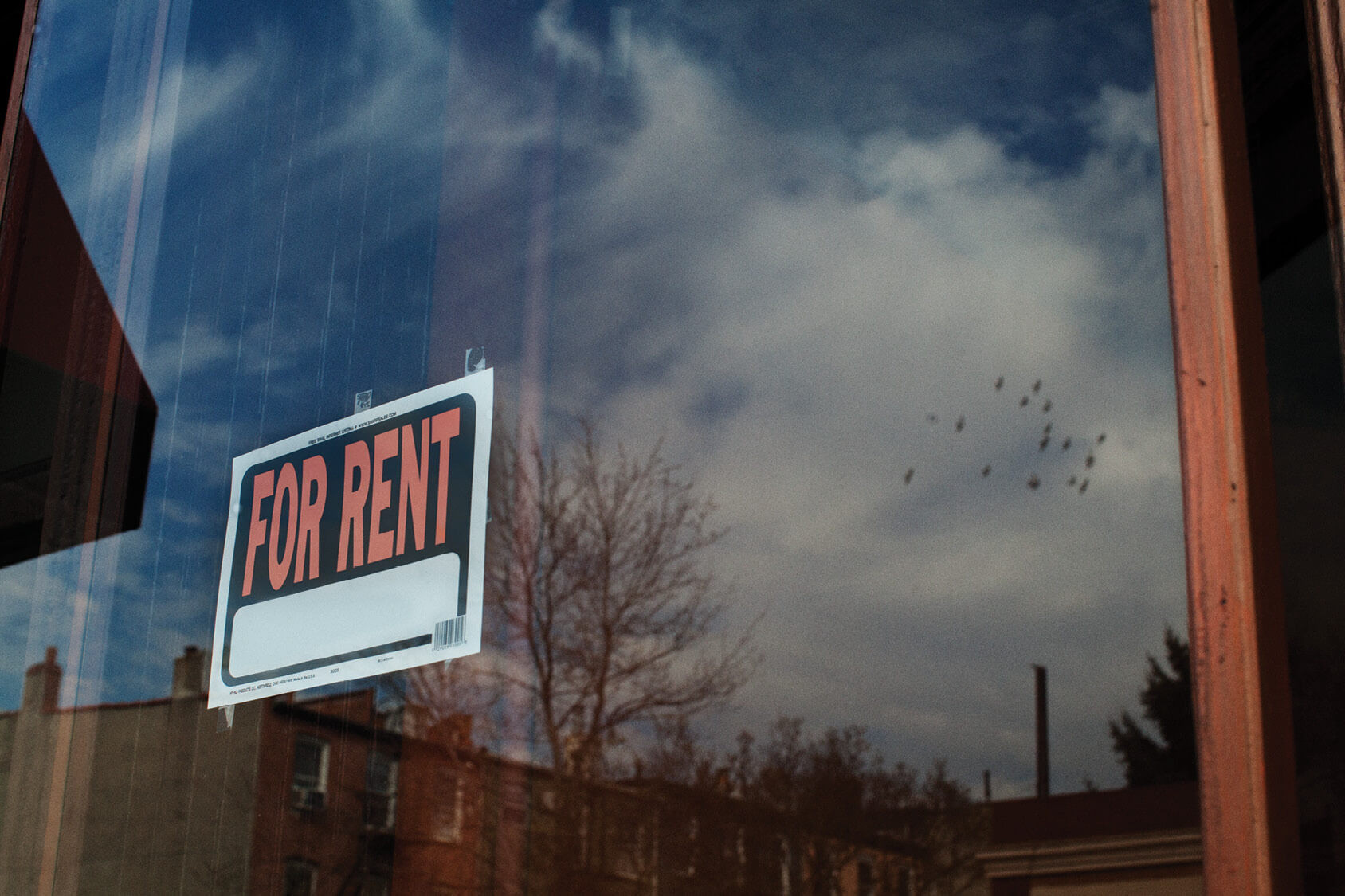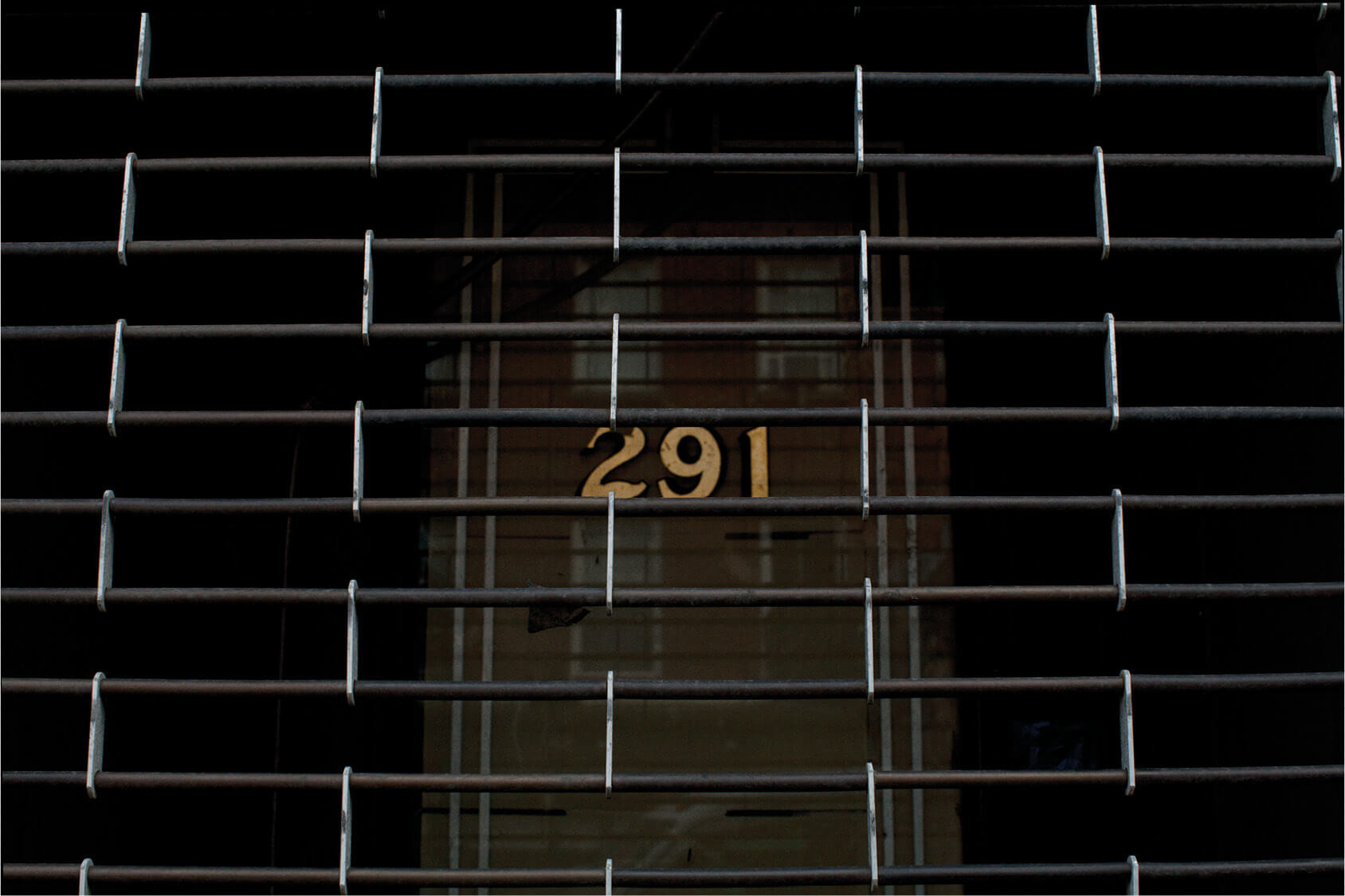Smith Street, once celebrated as Brooklyn’s original Restaurant Row and a prime shopping destination, is showing undeniable signs of struggle. Stretching from Carroll Gardens to Boerum Hill, before morphing into Jay Street in Downtown Brooklyn, this thoroughfare cuts through some of the borough’s most affluent areas. Yet, a stroll along its sidewalks today reveals an increasing number of empty storefronts, painting a picture of economic hardship. While not a ghost town in the dramatic sense—you won’t see tumbleweeds rolling past the ubiquitous Starbucks—the presence of this corporate coffee giant, just a stone’s throw from a Dunkin’ Donuts, serves as a stark symbol of over-gentrification’s pitfalls, standing amidst a landscape of mom-and-pop businesses battling to survive. Decades ago, the idea of Starbucks not only existing on Smith Street but potentially shaping its commercial identity would have been unthinkable to pioneers like Alan Harding, who first ventured onto this street when it was in a state of considerable disrepair.
 Smith Street storefronts with metal security gates and plywood covering windows, indicative of businesses in disrepair.
Smith Street storefronts with metal security gates and plywood covering windows, indicative of businesses in disrepair.
“It was essentially a construction zone, and neither the city nor the residents seemed particularly eager to improve it,” recalls Harding, the visionary behind iconic establishments such as Patois, Uncle Pho, Zombie Hut, Gowanus Yacht Club, and Pacifico. “There was literally a large trench running down the street’s center, hastily covered with metal plates. Scaffolding was everywhere, and many of the few retail spaces that were open featured robust bulletproof glass. Due to general disinterest, many ground-floor storefronts had been converted into apartments. Seriously, if you peered behind the plywood window coverings, you’d see makeshift kitchens and shower stalls.”
In essence, Smith Street was the less attractive sibling to nearby Court Street. Although Court Street was more populated, pricier, and more refined, it still lacked a genuine restaurant culture that we recognize today. (“Back then, families actually cooked at home and ate together, a real nuclear family vibe,” Harding chuckles). Inspired by the low operating costs and consistent customer flow experienced by Neil Ganic, owner of La Bouillabaisse on Atlantic Avenue, Harding took a gamble. He believed that the wealthier residents of Court Street would venture down to 255 Smith Street. There, he secured a space for just $900, establishing Patois, a beloved French bistro that thrived for 11 years before making way for Battersby, a rising star in Brooklyn’s culinary scene.
“Shortly after Patois opened, Smith Street effectively became a state-funded incubator for businesses. Betty Stoltz from the South Brooklyn Development Corp was instrumental in persuading landlords to convert apartment spaces back into retail units and attract businesses to the area,” Harding explains. “She became a crucial intermediary in securing real estate. We ended up purchasing a large Chinese restaurant, complete with bulletproof glass, through her to open Uncle Pho. We invested more than initially planned because we recognized the neighborhood’s potential and the growing appetite for dining out. As long as the food was good and reasonably priced, a packed house every night was almost guaranteed.”
 Exterior view of Smith Street with pedestrians and parked cars, showcasing a mix of old and new businesses.
Exterior view of Smith Street with pedestrians and parked cars, showcasing a mix of old and new businesses.
Just a few years after Manhattan-based chefs like Mario Batali and Bobby Flay jokingly advised Harding to carry a weapon in Brooklyn, he became a pioneer, leading the way for a wave of influential restaurants. These included Saul, which earned Brooklyn its first Michelin star, The Grocery, which introduced the borough to the farm-to-table movement, and Chestnut, which popularized “New American” cuisine. Chestnut eventually gave up its lease to Dassara—Smith Street’s first dedicated ramen spot—near the peak of the street’s restaurant boom.
“Before opening in 2012, we were considering two models: paying high rent for a high-volume space in a wealthy area like Carroll Gardens, or opting for a low-rent, slower-growth area like Bushwick. But when a restaurant is still just an idea, it’s easy to rationalize that rent is just an arbitrary figure, assuming you’ll be successful,” says Dassara owner, Josh Kaplan. “When we started, there were many takeout spots and older restaurants operating on decade-old leases. We were just beginning to see the rent escalation. Now, national designer clothing brands occupy spaces as loss leaders, paying rents that a small business like ours could never consider. Suddenly, an area code becomes fashionable, ‘fuck you’ money flows in, and the entire ecosystem is disrupted. The concept of building a sustainable business becomes almost irrelevant.”
 Close-up of Smith Street with various restaurant signs and awnings, highlighting the diverse culinary offerings.
Close-up of Smith Street with various restaurant signs and awnings, highlighting the diverse culinary offerings.
This shift is why today, in a climate where monthly rents for supposedly prime locations often exceed $10,000—a stark contrast to Harding’s initial $900—Smith Street is dotted with vacant storefronts, eerily reminiscent of its neglected early days. For a street once hailed as the birthplace of Brooklyn’s food culture, fostering a broader awareness of how, what, and why we eat, a walk down Smith Street now can feel like a stroll past the deserted boardwalks of a struggling Atlantic City, haunted by the ghostly remains of foreclosed casinos. While new businesses arrived in droves, often romanticizing the street’s past glory, independently owned establishments have been departing just as rapidly. Consider Shelsky’s of Brooklyn, which, rather than slowly declining on Smith Street, recently decided to try its fortune—ironically—on the more commercially robust Court Street.
“It quickly became apparent that Smith Street not only underperforms but is significantly overpriced for the density and pedestrian traffic it attracts. Until there’s a substantial correction in pricing, its decline will continue,” predicts owner Peter Shelsky. “Business owners are unwilling to take risks at these prices, and more boarded-up stores further reduce foot traffic. It’s a self-fulfilling prophecy. Companies like Thor Equities, which owns numerous corner properties with notoriously high tenant turnover, demand exorbitant rents and simply don’t care. They’ll let spaces sit vacant for years. It’s a tax write-off for them. What do they care?”
“There’s no question that we’ll eventually get washed away by Dunkin’ Donuts and Starbucks unless landlords refrain from getting too greedy, and Brooklyn residents commit to supporting small businesses with their money.”
Alex Turboff, Director of Real Estate at Branded Concept Development, who assisted Shelsky’s with its relocation, offers further insight. “After Trader Joe’s and other major retailers opened on Court Street, much of the commercial dynamism shifted there. The closure of the Met grocery store [on Smith Street] was another significant setback, substantially reducing regular foot traffic,” she notes. “Despite this, local landlords have persistently increased rents to unsustainable levels that don’t reflect the actual traffic in the area. Most buildings are only three or four stories tall, so population density is much lower compared to areas like Downtown Brooklyn, which has taller buildings and larger residential populations. Consequently, Smith Street rents need to be adjusted to reflect this density. Weekends and early weeknights are still busy, but daytime traffic is inconsistent. Landlords have convinced themselves that rent potential is limitless, but that’s clearly not the reality.”
“Everyone eschews the box store and the chain, but whenever I walk by Starbucks, there’s a line out the door. So what’s the evil empire?”
Despite these challenges, some businesses are still fighting against the influx of national chains like Lucky Brand and Lululemon. Notably, Rob Newton and Kerry Diamond, owners of consistently popular restaurants like Nightingale Nine and Wilma Jean, along with Smith Canteen, their thriving café, are holding their ground against corporate giants. “Opening on lower Smith Street, where food options were scarce at the time, was definitely beneficial,” Diamond suggests regarding their sustained success. “And Rob’s ‘local’ philosophy has served us well. It’s not just about sourcing local produce; it’s about extending that concept to the community. We hire local residents, host fundraisers for the local park and public school. We try to contribute to the community’s vitality.”
 Outdoor seating area of a Smith Street restaurant, bustling with customers, illustrating the street's remaining vibrancy.
Outdoor seating area of a Smith Street restaurant, bustling with customers, illustrating the street's remaining vibrancy.
“However, there’s no doubt that we could eventually be overwhelmed by Dunkin’ Donuts and Starbucks if landlords don’t become more reasonable, and if Brooklyn residents don’t actively support small businesses with their spending,” she cautions. “Currently, Smith Street maintains a sense of vibrancy, but change is constant in New York City, businesses come and go, and Smith Street, unfortunately, is not immune.”
Reflecting on the potential corporate takeover of the district he helped create, Harding’s perspective is surprisingly unsentimental. “I can’t attribute everything to greed, as I’m not a socialist; it’s business, and price is a fundamental aspect of business. Everyone criticizes chain stores and big boxes, but every time I pass Starbucks, there’s a line out the door. So, who’s the real villain?” he questions.
“There’s a limited pool of people wanting to open small, upscale restaurants where dad cooks and mom bakes pastries. If there’s a vacancy, it needs to be rented to someone. Believe it or not, there’s a store on Smith Street that sells those travel accessories people buy before flying. And that store has outlasted everyone else. So, really, what do I even know?”
Photos by Dana DeCoursey

